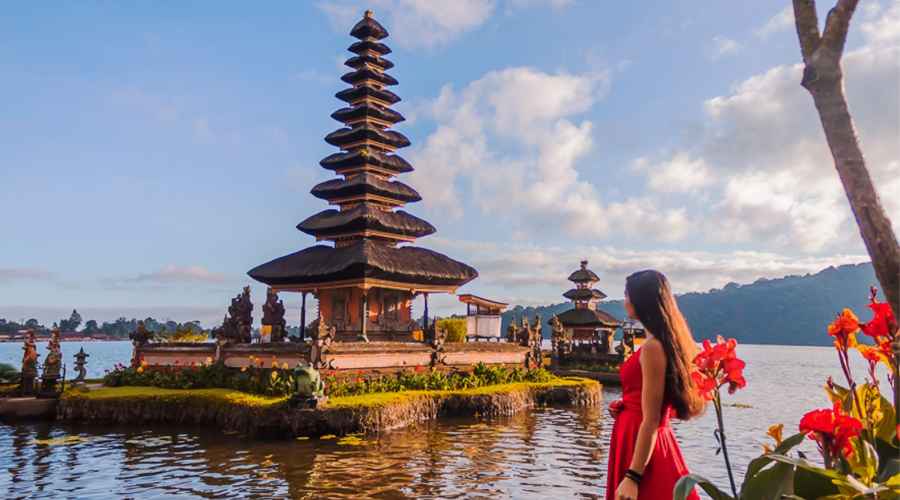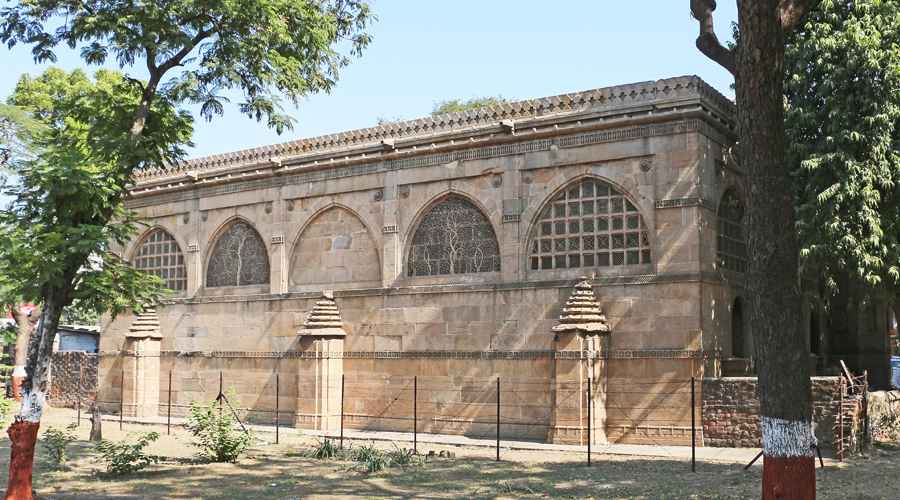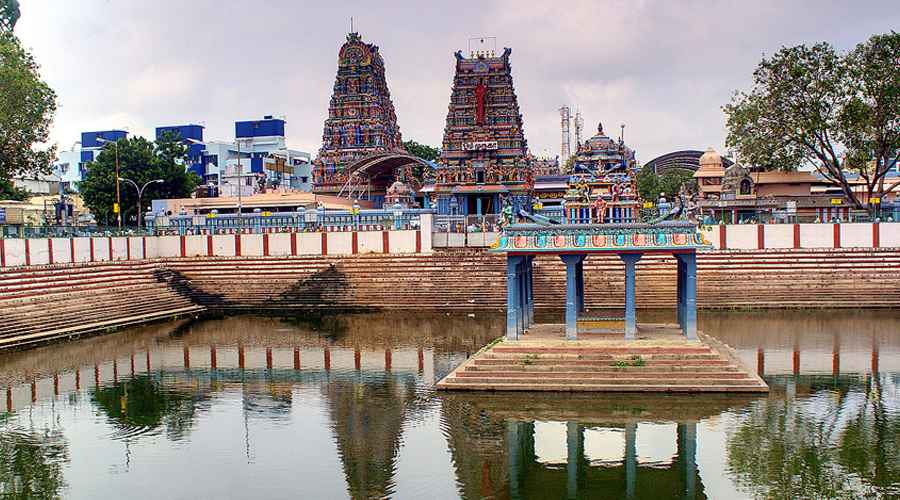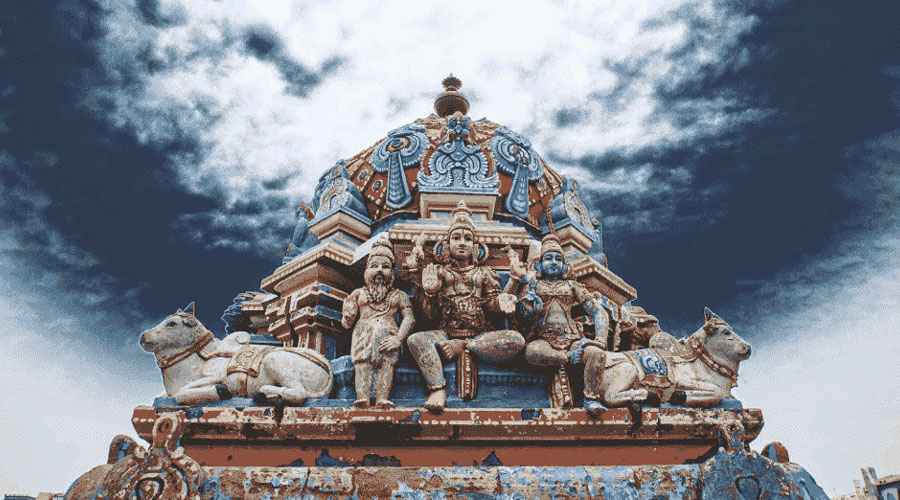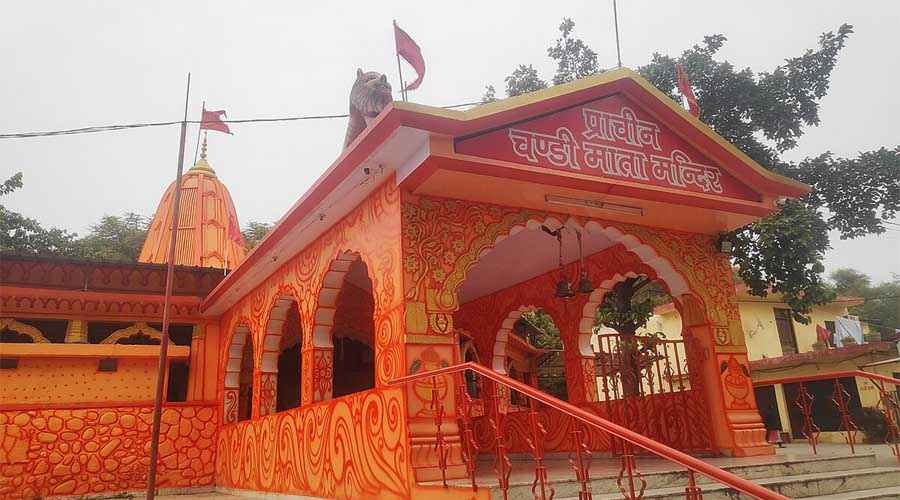The Meenakshi Amman Temple, located in the heart of Madurai, Tamil Nadu, is one of India’s most magnificent architectural and spiritual landmarks. More than just a religious shrine, the temple stands as a cultural emblem, a historical wonder, and a vibrant center of Tamil tradition. Dedicated to Goddess Meenakshi, a form of Goddess Parvati, and Lord Sundareswarar, a manifestation of Lord Shiva, the temple epitomizes divine grace, artistic excellence, and centuries of living tradition.
With its towering gopurams, intricately carved sculptures, and bustling courtyards, the temple draws millions of devotees and tourists every year. It not only serves as a center of worship but also as a testimony to the glorious past of Tamil civilization. A journey into the temple complex is, therefore, not merely a glimpse into a sacred space but an exploration of history, spirituality, art, and community life.
Historical Background
The origins of the Meenakshi Amman Temple trace back more than two millennia. Madurai itself is regarded as one of the oldest continuously inhabited cities in the world, often referred to as the “Athens of the East.” Legend holds that King Malayadhwaja Pandya and his queen Kanchanamalai performed a yajna (sacred ritual) to have a child, and from the sacred fire arose Meenakshi, an incarnation of Parvati. When she grew up, she conquered many lands and eventually met Lord Shiva in battle. Recognizing him as her destined consort, she married him, and their union is said to have taken place in Madurai. The present temple celebrates this divine marriage.
Although the temple has ancient origins, much of its present form was shaped during the reign of the Nayak dynasty in the 16th and 17th centuries. King Tirumalai Nayak, in particular, is credited with enhancing its grandeur, commissioning architectural marvels, and developing many of the iconic features that draw admiration to this day.
Architectural Grandeur
One of the most remarkable aspects of the Meenakshi Temple is its architectural elegance. The temple complex spans around 14 acres and is enclosed by high walls that house a maze of towering gopurams, shrines, halls, corridors, and tanks.
Gopurams: Towers of Splendor
The temple is famed for its fourteen gopurams or monumental gateway towers. Rising up to 170 feet, these front-facing towers are adorned with thousands of vibrant sculptures depicting gods, goddesses, mythical creatures, and celestial beings. Each gopuram is a story in itself, narrating episodes from Hindu scriptures, blending religious significance with artistic magnificence. The detailed stucco work, repainted and refurbished over centuries, continues to captivate visitors with its riot of colors and forms.
The Sanctum Shrines
At the heart of the complex lie two sanctums—one dedicated to Goddess Meenakshi and the other to Lord Sundareswarar. The shrine of Meenakshi, with her image holding a parrot and sporting a green complexion, is a central focal point of worship. Lord Sundareswarar’s shrine, representing Shiva as the handsome lord, further balances the sacred essence of the temple.
The Golden Lotus Tank
Another architectural and spiritual highlight is the Potramarai Kulam, or the Golden Lotus Tank. Surrounded by pillared corridors, this sacred water body is where poets of the Tamil Sangam are believed to have gathered to recite their works. Devotees today regard a dip in the tank as purifying, symbolizing inner cleansing before entering the sanctums.
The Thousand Pillar Hall
A masterpiece of stone craftsmanship, the Aayiram Kaal Mandapam or Thousand Pillar Hall exemplifies Dravidian temple architecture. Although the hall contains fewer than 1000 pillars in count, their alignment and symmetry create a sense of grandeur. Each pillar is carved with elaborate sculptures of mystical beings, divine figures, and historical rulers, making it a fusion of art and engineering.
Spiritual Significance
At its core, the Meenakshi Amman Temple is a profound spiritual center. The temple emphasizes the equal importance of feminine and masculine divinity, placing Goddess Meenakshi’s shrine at par with her consort’s. This reflects the Tamil cultural reverence for womanhood, fertility, and the balance of cosmic energies.
Pilgrims flock to the temple to seek blessings for marriage, family, prosperity, and spiritual growth. The divine marriage of Meenakshi and Sundareswarar, which is re-enacted every year, reinforces the union of Shiva and Shakti, symbolizing love, strength, and harmony.
The Meenakshi Thirukalyanam Festival
Among the numerous festivals observed in the temple, the Meenakshi Thirukalyanam, or the celestial wedding, is the most prominent. Held annually during the Tamil month of Chithirai (April–May), this festival attracts devotees from across the globe. The celebrations, lasting over ten days, showcase grand processions, traditional music, folk dances, and rituals that recreate the divine marriage of Meenakshi and Sundareswarar.
The entire city of Madurai transforms into a theater of devotion and joy. Streets are decorated, processional deities are carried with fanfare, and cultural performances fill the air with energy. For devotees, participating in the festival is an affirmation of faith and a chance to experience the vibrant cultural heritage of Tamil Nadu.
Cultural Impact
The Meenakshi Amman Temple is not only a site of worship but also a living cultural institution. It has been a hub for Tamil literature, music, dance, and philosophy for centuries. The temple corridors have hosted devotional singing, Bharatanatyam performances, and literary discourses, sustaining Tamil traditions across generations.
Its sculptures and inscriptions provide invaluable records of socio-political history, trading connections, and artistic trends of medieval Tamil society. Tourists and scholars alike find in the temple a source of endless study, whether for its art, architecture, or anthropology.
The Temple in Modern Times
Today, the Meenakshi Temple is recognized among the “New Seven Wonders of the World” finalists and continues to be a symbol of Tamil identity. Despite the rush of devotees and tourists, the temple retains its sanctity and daily rituals. Modern conservation efforts have also been initiated to preserve its sculptures and structures from natural wear and human impact.
The local economy thrives around the temple through tourism, with shops selling traditional crafts, jewelry, and temple memorabilia. Yet, the essence of the temple lies not merely in its material wealth but in the lived faith and timeless traditions it embodies.
Conclusion
The Meenakshi Amman Temple is more than just an architectural marvel; it is a living monument that encapsulates the spirit of Tamil Nadu. From its mythological roots and striking architecture to its vibrant festivals and cultural influence, the temple has been a beacon of devotion and creativity for centuries.
To walk within its walls is to step into a world where divinity and artistry blend seamlessly, where history whispers through stone carvings, and where faith continues to inspire millions. For the devotee, it is a place of spiritual solace; for the traveler, it is a marvel of human imagination. Above all, the Meenakshi Amman Temple remains a timeless tribute to the enduring power of faith and culture.

